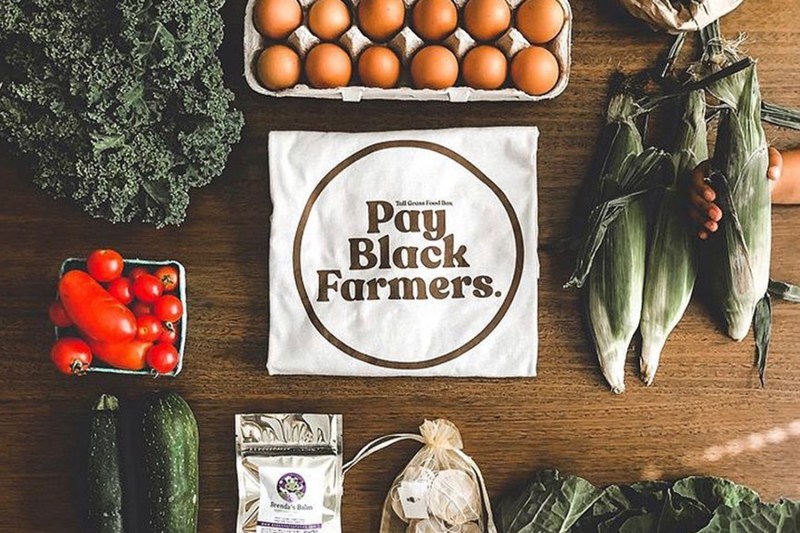
One of the most valuable lessons the past year taught us was the importance of community. Together but alone, the world learned the true meaning of the word essential and the significance of supporting those who keep us safe, healthy, and fed in our everyday lives.
For Tall Grass Food Box founders, Gabrielle Carter, Derrick Beasley, and Gerald Harris this message had always been the cornerstone of their personal and professional lives. In Black culture, taking care of your neighbors is second nature and necessary for community survival. So amid these unprecedented times, they looked to their ancestors for the tools to help regrow and rebuild.
Meet the Founders of the Black-Owned Farm Produce Subscription

The dynamic trio of artists, activists, and educators had been involved in the Durham, North Carolina community in various ways eventually connected around the goal of uplifting local Black farmers. Working together, they coordinated a quarterly Black Farmer’s Market in Durham and Raleigh but when the pandemic hit and the markets closed they saw a chance to turn a challenge into an opportunity. As Gerald Harris explains, the Tall Grass project began as a way to help Black farmers but what emerged from the fields was far more than just food.
”It was March 21st — I remember just like it was yesterday because it was the same day I got married. After the ceremony, Derek turned to me and asked “Yo, you want to do a CSA? A 100% Black-owned and Black-sourced CSA working with the farmers that we’ve always worked with within the community. Of course, I said yes. I mean, we didn’t have anything else to do.”
However, for these friends, not doing anything was something they were not accustomed to. It would be that drive and their unique set of knowledge, resources, and history that helped make the foundation of Tall Grass Food Box so strong.
Read more: Best Subscription Boxes for Men
Black Farmers and the COVID-19 Pandemic
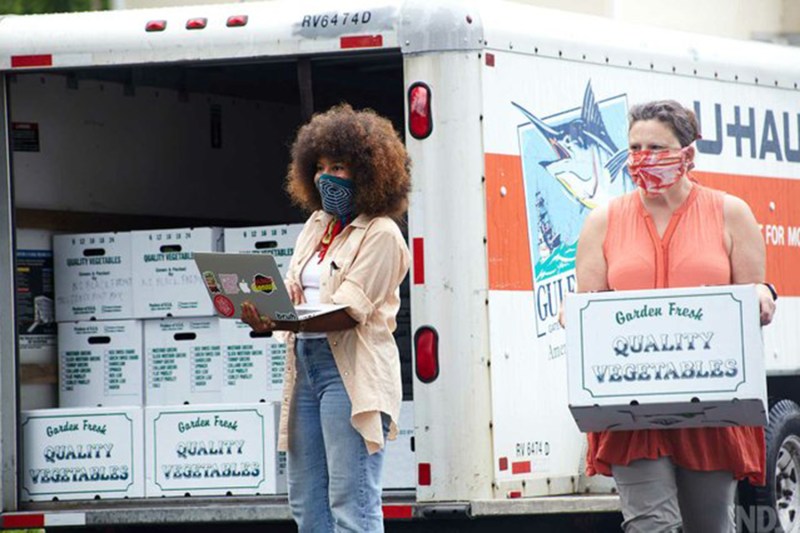
North Carolina native Gabrielle E.W. Carter, is a chef and cultural preservationist who created the Revival Taste Collective, a supper series hosted on her family homestead featuring foods from local Black farmers and stories about their agricultural traditions. Learn more about Carter’s Revival Taste Collective on the Netflix food documentary series ”High on The Hog’‘ Her partner Derrick Beasley is a multidisciplinary artist and community organizer who co-founded the Black August In The Park program which is where they connected with Gerald Harris, a scholar and educator descended from a long line of Black farmers.
In early March, the initial conversations were around ideas on supporting local restaurant supply chains but as they began reaching out to the farmers in their circle and learning about the struggles they were encountering, a larger, more pressing picture soon developed.
Due to the pandemic, farmers were being furloughed, losing vital contracts and huge purchase orders and with the absence of farmers’ markets, they were now left with an overwhelming amount of unsold produce during peak harvest season. Their fields were quickly becoming money pits leaving these farmers in dire need of a new marketplace to survive.
“From there, Tall Grass Food Box was born. We contacted farmers within our community to ask what are they growing, what they can get in large quantities, and their pricing around those things. We decided on seven to eight products that we purchased directly from those farmers and then had a small — socially distanced— team build the boxes.”
How Tall Grass Food Boxes Supports Black Farmers
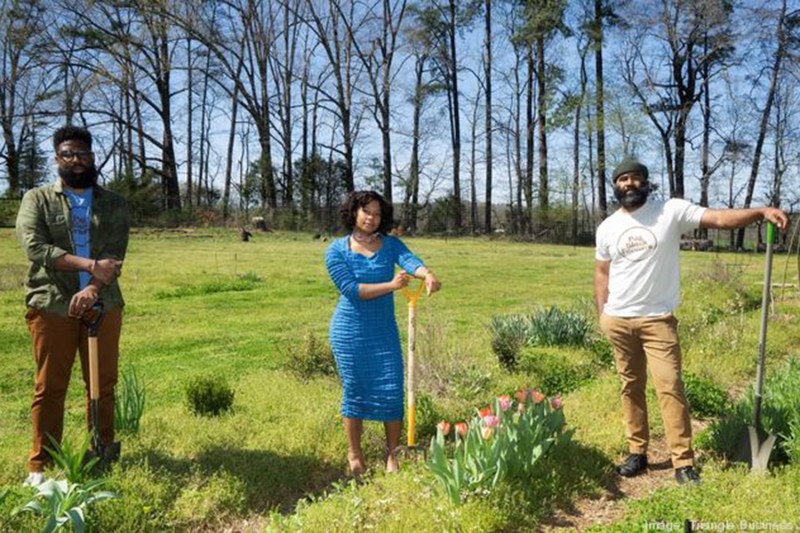
By April 3rd, the first Tall Grass Food Boxes were filled, brimming with local eggs, collards, sweet potatoes, and herbs. The word spread fast, thanks in part to COVID’s effect on shopping culture, and two weeks later the team had orders for 60 boxes.
“As far as immediate response goes this came in to help fill a void but the fact that there aren’t any Black-owned CSAs that focus on Black farmers, that’s a whole other niche it’s filling.”
At the forefront was the need to facilitate a new marketplace and provide fresh food to the communities that need it the most. They also wanted to create a CSA model that small farmers could afford to participate in and the community felt eager to support.
Members join the Tall Grass CSA by purchasing a 3-month subscription, or share, which serves as an investment in the seasonal production cycle of their partner farms. Each season, shareholders receive 6 boxes featuring an assortment of produce, protein, and artisanal items fulfilled by the collective of over 30 Black-owned farms from all across the state.
“Our shareholders give us the opportunity to ask farmers to plan and grow certain items for us and explore specialty produce. This puts money back into the farms from an advanced standpoint and lets them grow things confidently knowing they have a dedicated community to feed.”
Keeping in line with the Tall Grass ”farmer’s first” initiative, they committed to paying the partner farmers’ retail prices for wholesale quantities. This helps small farmers move more inventory and provides more profit to the farmers, many of whom can’t afford to sell at wholesale due to the lack of land and production. At the end of 2020, Tall Grass had paid over $75,000 directly to their Black farm partners.
“We want to make sure our farmers are getting paid for their work so it was important for us to make sure we were putting that retail price back into our farmer’s pockets. Many CSAs around the country buy from farmers at wholesale; we pride ourselves on purchasing wholesale quantities for retail prices. This wasn’t for us getting rich, this was about taking care of our community, helping our farmers thrive, and envisioning a more equitable local Black food system.”
Black Farmers History and Representation Today
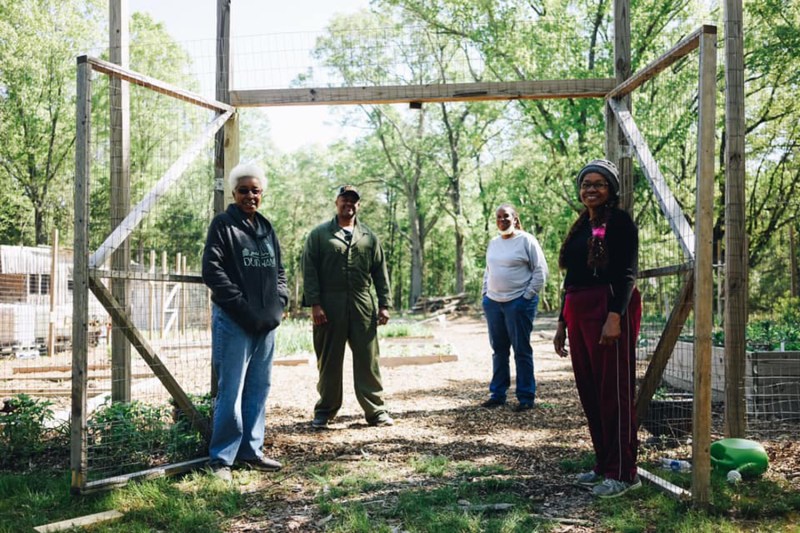
For the Black farming community to truly thrive, America has to address the dark history around Black land ownership, the state of Black farming, and Black agriculture as a whole.
In North Carolina, agriculture is one of the state’s largest industries yet out of the 46,000 farms only 1,500 are run by Black farmers. Across the nation, the drastic disproportion in the farm industry is a direct result of centuries of systemic racism, biased government policy, and social and business practices that have denied Black Americans fair access to markets.
“Black farmers in America have lost more than 12 million acres of farmland over the past century. In 1920 there were 949,889 Black farmers that worked 41 million acres of land, making up a seventh of farm owners, and today less than 50,000 remain, making probably close to about 1.3% of the nation’s farm owners.”
“When you think about it from an economic standpoint, Black farmers make less than $40,000 annually compared with their white counterparts making an average of $190,000 and a big part of that is related to access to farmland.”
Recently, the current administration proposed new legislation to give $5 billion in financial compensation to disadvantaged Black farmers in America. While the relief is welcomed, the work the Black agriculture industry is doing now will ensure our farm communities have the knowledge and capacity to sustain themselves in the future.
As well as supporting fiscal stability, the Tall Grass platform helps to boost visibility and share the stories of Black farmers in the hopes of building stronger bonds along the farmer-to-consumer pathway.
By introducing the farmers behind the food and food sharing, the individual system for direct ordering encourages customers to form relationships with the growers, learn more about their agricultural heritage, and reconnect with the food they consume.
“We’ve seen spaces like Moonlight Farms, our mushroom farmer, have a 40% jump in revenue since Tall Grass. This is not only in relation to how many mushrooms they’re putting in the boxes but how many people are contacting them now about mushroom purchases in general.”
How You Can Support
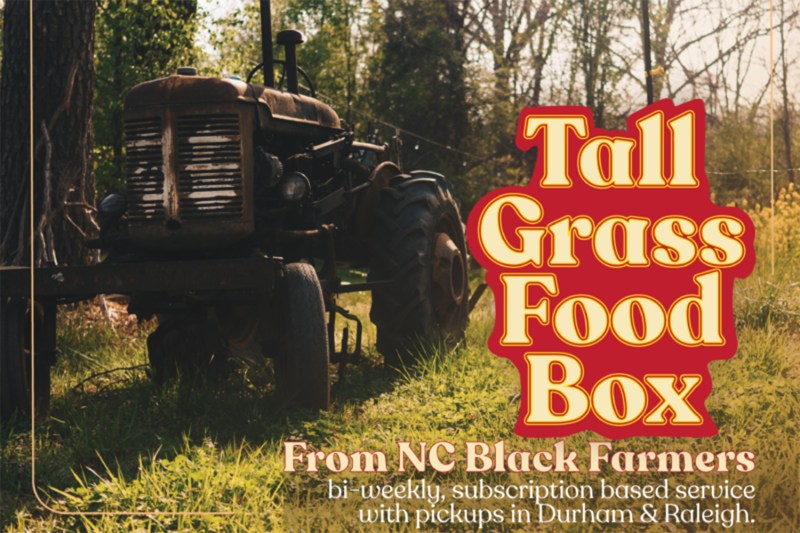
In a time of so much uncertainty, one thing was very clear, Tall Grass Food was providing more than just edible and economic sustenance in those boxes but also nourishment to the heart and soul of the community.
“There’s been an amazing community outpour. None of us had ever run a CSA, so we’re literally flying and building the plane at the same time. As we’ve navigated and learned they’ve been right beside us, helping us grow and uplift Black farmers in this new space.”
The future of Tall Grass is only as fruitful as their farmers’ harvests. So while the contents of each box will change, their mission to serve the Black farming community will always be the same.
“For me, serve means: Support, Educate, Relationship, Vision. The most important way we can support is through education, the education of ourselves but also the education of other people. Within this, we’re building relationships that help us to understand the vision and needs of those around us.”
“And that’s the key — I truly believe that life grows from the seeds of those relationships.” Visit Tall Grass Food Box to learn more and donate to support.
This feature is part of our Brands Giving Back Series, where we’ll bring you all the latest news on brands that are giving back to the community, and how you can support them by shopping online.



